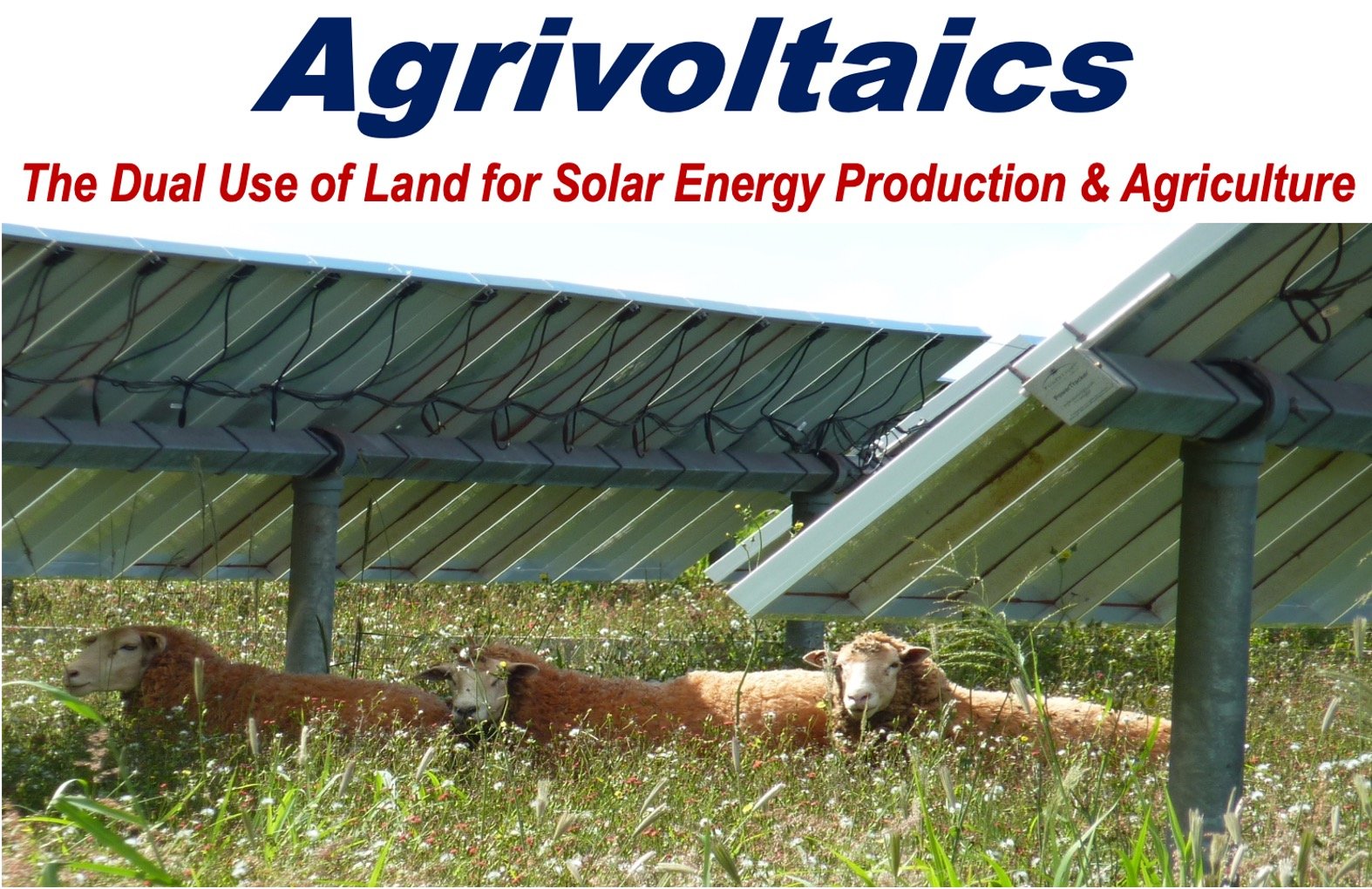Scientists from Swansea University in Wales and Åbo Akademi University in Finland have developed a new tool to identify photovoltaic (PV) materials that can optimize crop growth while generating solar energy.
The researchers wrote about their study in the academic journal Solar RRL (citation below). They investigated the impact of semi-transparent photovoltaic materials placed over crops, a key *agrivoltaics application.
* Agrivoltaics refers to the practice of combining solar panels with agricultural land.
They also developed an innovative freeware tool that predicts the light transmission, absorption, and energy output of various PV materials globally by using geographical, physical, and electrical data, aiding in optimizing solar panel placement in agricultural settings.
Balancing Food Production & Renewable Energy Generation
Lead author Austin Kay, a PhD candidate at Swansea University, said:
“This technology, which allows us to compare many types of PV material, could help us determine how we balance food production and renewable energy generation.”
A major factor in optimizing agrivoltaics is selecting the right PV material. It is important to understand how the material absorbs various wavelengths (colors) of light and its bandgap. A narrower bandgap absorbs lower-energy, longer-wavelength light (red), while a wider bandgap allows the absorption of higher-energy, shorter-wavelength light (blue).
By selecting PV materials with specific bandgaps and absorption properties, researchers can adjust the “color” of light passing through semi-transparent PVs to benefit crops. Since crops mainly absorb red and blue light for photosynthesis and reflect green light, this fine-tuning helps optimize the light available for plant growth.

Decarbonization of the Agricultural Sector with Agrivoltaics
Study leader, Associate Professor Ardalan Armin at Swansea University, said:
“By optimizing the combination of solar panels and agriculture, agrivoltaics has the potential to significantly contribute to the decarbonization of the agricultural sector. This approach not only generates clean energy but also enhances food security.”
Solar panels can be integrated into agricultural environments in various ways to generate local power with minimal impact on farm productivity. They can be installed on greenhouse or polytunnel roofs or used to provide shade for livestock, which can help reduce maintenance by grazing on surrounding vegetation.
However, selecting the appropriate livestock is vital, as some animals, like goats, can jump onto the panels and cause permanent damage.
Citation
Kay, A. M., Riley, D. B., Sandberg, O. J., Burwell, G., Meredith, P., & Armin, A. (2024). On the performance limits of agrivoltaics—From thermodynamic to geo-meteorological considerations. Solar RRL, 34(9). https://doi.org/10.1002/solr.202400456
